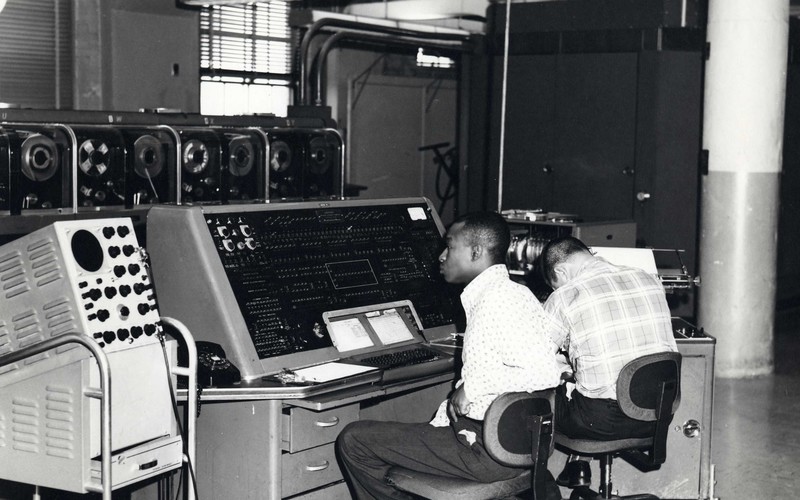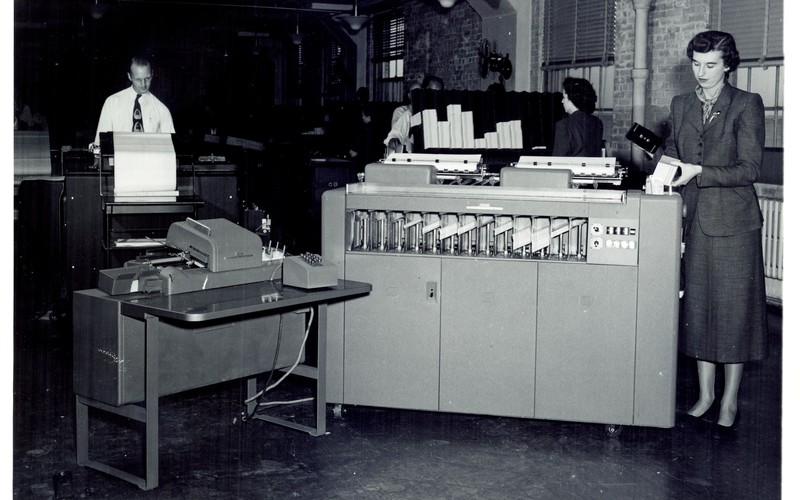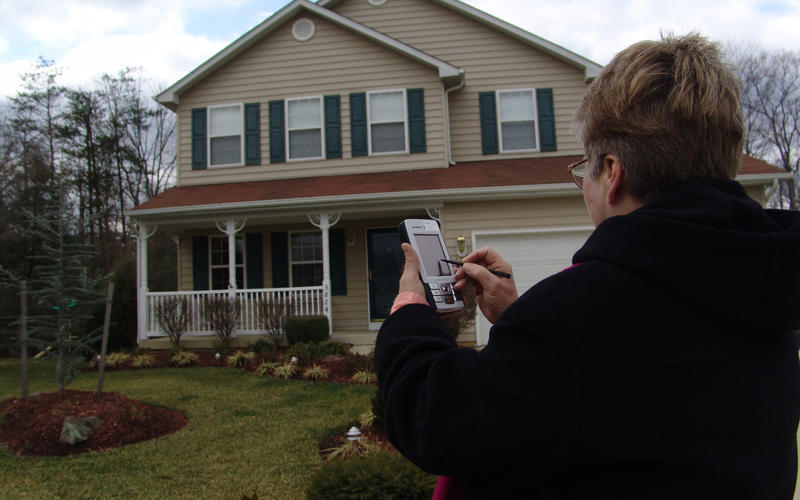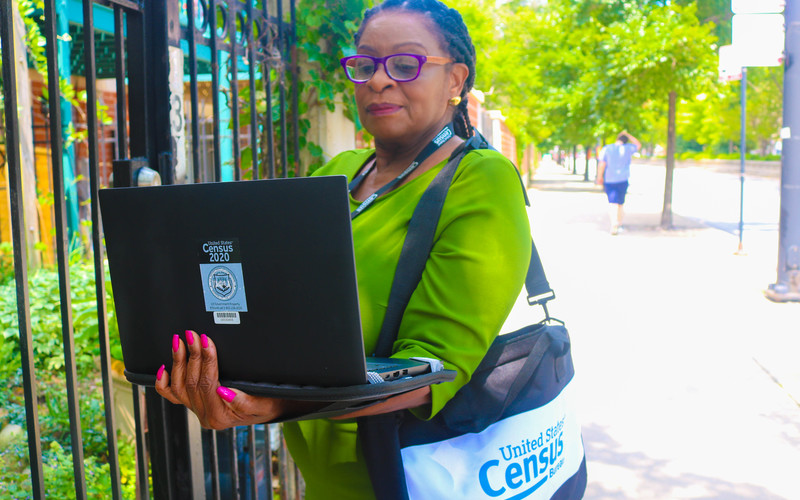“It’s a big team. We all just feel like we are Census workers together,” Thieme says.
“It doesn’t take too long working on the project to see that these people have real pride in what they do,” Harris says. “We’ve had a lot of people transfer to the program internally within CDW because of that — they want to be part of it.”
VIDEO: See what the Census Bureau is doing to combat misinformation about the 2020 count.
How the Census Bureau Is Prepping for the Count
CDW•G, which delivered the laptops during the summer of 2019, has preordered the smartphones and tablets, which are expected to arrive in early 2020 at about the same time the enumerators are hired. “It sounds like a lot of phones, but we found out the manufacturer builds about 400,000 to 500,000 phones in a week or so, so it’s certainly not a big drain on the provider,” Thieme says.
When the devices arrive, CDW•G will load the Census Bureau’s software image onto the smartphones and tablets and test them to make sure they are working properly.
CDW•G will also provide asset management services and work directly with wireless carriers to activate mobile voice and data plans.
Meanwhile, the bureau will run its own integration tests to make sure the few applications on the device work with its back-end systems; another contractor ran penetration tests to ensure devices and applications are secure.
Census will also use mobile device management software to remotely handle any necessary software updates, Thieme says, and if any devices are lost or stolen, the bureau will remotely erase them.
“We want to make sure that things stay as secure as possible,” he adds. “We feel like the 2020 Census is a target in this environment. We want to get through it with as few bad actors interfering as possible.”
MORE FROM FEDTECH: Find out how agencies use mobile technology to aid far-flung employees.
How Census Enumerators Will Use Mobile Devices
Once hired, enumerators will get three days of in-person and online training before they go out into the field. When they begin work, they will download the day’s assignments onto their smartphones every morning through a cellular connection or Wi-Fi.
They’ll log in using multifactor authentication, and if they need assistance, the Census Bureau will manage help desk requests plus selected security and software upgrades. Nothing will happen automatically, Thieme says.
The bureau built its own integrated apps in-house that allow workers to view their day’s assignments and access the mapping software that will provide them the best and most efficient route to each household they need to visit.
“Based on where you live, it will show you the first address you should visit and give a suggested route to the next address, and so on,” Thieme says. “It’s not turn-by-turn routing; it’s more, ‘Here are your assignments, and this is the order we want you to do them in.’”


















